Rabbi Joseph Telushkin’s royalty checks are about to get bigger. He invited me to speak with him at his Synagogue for the Performing Arts a few years ago, and I’ve been a big fan ever since. His books “Words That Hurt, Words That Heal” and “Why the Jews?” (co-authored with Dennis Prager) should be in every LDS bookstore. I’m currently devouring the first volume of “A Code of Jewish Ethics,” which explains in a comprehensive way why Judaism is such a beautiful, compassionate religion. What’s not to like about a faith that views wasting other people’s time as a serious ethical offense? There’s material for 1,000 sermons in the book, and I’m going to give it to everyone on my holiday gift list.
However, as much as I enjoy exploring Jewish ethical codes with a master teacher, what I like best about Judaism involves the hands, not the head. As I read this week’s Torah portion (Naso), which includes the priestly blessing (Birkat Kohanim) given to the children of Israel, I was reminded of my ongoing search for spirituality in Judaism. Invariably, it leads me to the sabbath table. The most tender moments I have witnessed involve the blessing of children by their father. I have to stop myself from tearing up, in a way that perhaps only the childless can appreciate, when I see a father call his children to him, lay his hands on their heads, and pronounce upon them the blessings of biblical patriarchs and matriarchs before kissing them. Sometimes the prayers are rushed, other times they are slowly enunciated, but they’re always beautiful. I will never forget the act of kindness recently extended to me by Michael Naim, an architect and prominent member of LA’s Persian Orthodox community. After blessing his daughter, he called me over and gave me a blessing as well! If I am ever fortunate enough to become a father, I plan to join hundreds of thousands of Jewish households worldwide in invoking God’s blessings on my children every week.
I am also moved by the semicha ceremony for graduating rabbis, especially when the tallit (prayer shawl) is draped over the rabbi’s shoulders by his teacher. In the ceremony for Reform rabbis at Hebrew Union College, the teacher then places his hands on the new rabbi and pronounces a personal blessing upon him. The Conservative American Jewish University performs the blessings in a private ceremony. I can’t think of a better way to begin a lifetime of service to the Jewish community than with a personal laying on of hands by inspired teachers.
For me, the blessing of babies in the LDS Church provides the most spirit-filled moments in our worship. Fathers who hold the higher priesthood (named after Melchizedek, the ancient King of Salem who blessed Abraham – Genesis 14:18-20, Psalms 110:4), together with other invited priesthood holders, form a circle in front of the congregation and place their hands underneath the baby as the father gives him a name and invokes God’s blessings upon him. Additional father’s blessings can be given to children at any time (in private, usually at home), and are often sought at the beginning of a school year and prior to embarking on major life journeys (e.g., college, marriage, employment). Hands are also used to heal the sick, bless members who are called to serve in callings (volunteer positions) in their congregations, and ordain worthy men to the priesthood. Indeed, one point of commonality in our two faiths is the importance of lines of authority for the laying on of hands. For semicha, the line of ordination is traced back to Moses; in the LDS Church, the priesthood line of authority is traced back to God through Jesus or John the Baptist, depending on which order of priesthood one bears.
If you’re looking for a topic for a Jewish-LDS theological dialogue, the role of the hands in worship is a no-brainer. Priesthood, authority, semicha, kohanim, blessings—it’s all there. Try to imagine a Birkat Kohanim without outstretched arms and separated fingers and you’ll realize how inextricably linked the hands are to blessings. A good scripture to frame the discussion might be “And Israel stretched out his right hand, and laid it upon Ephraim’s head” (Gen. 48:14). If you know anything about Mormon theology, that sentence alone could launch a whole series of Jewish-LDS dialogues.
Be sure to bless your children this evening. Shabbat shalom.
——————
In the spirit of promoting mutual understanding through dialogue, Rabbi Isaac Jeret and I will hold a discussion this evening at the shabbat service of Congregation Ner Tamid in Palos Verdes, CA. Knowing Rabbi Jeret, his questions will be both thoughtful and direct. The public is invited. Time: 6:15 p.m. Address: 5721 Crestridge Road. Phone: 310-377-6986.






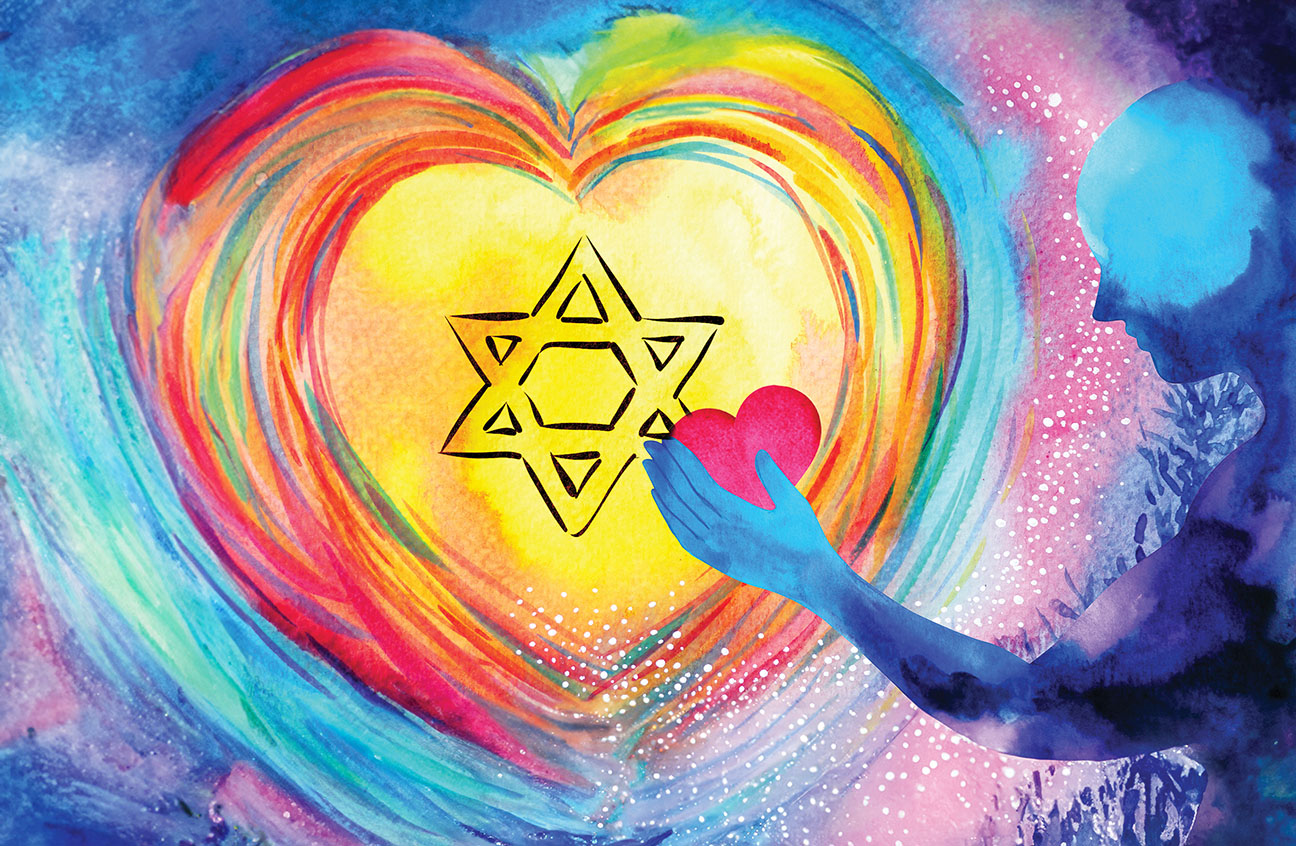
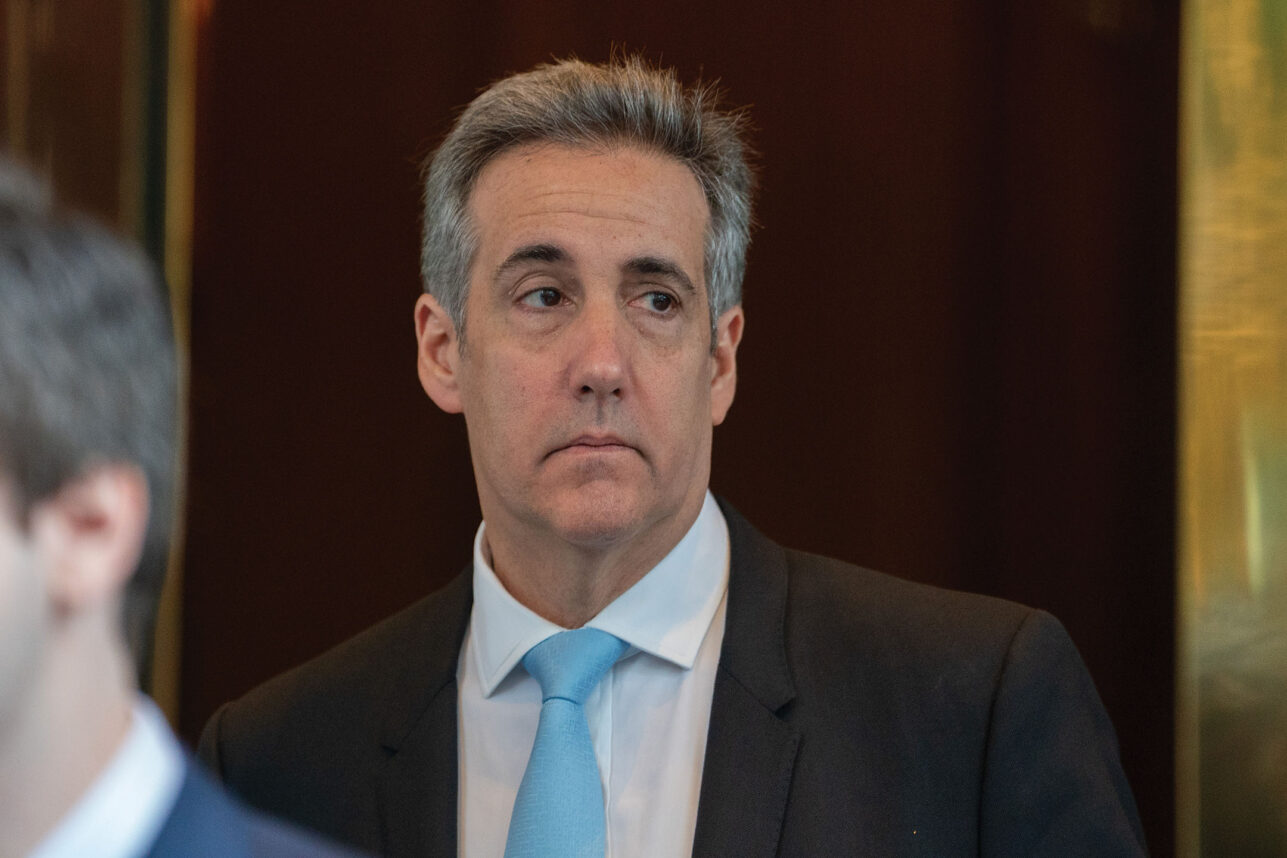
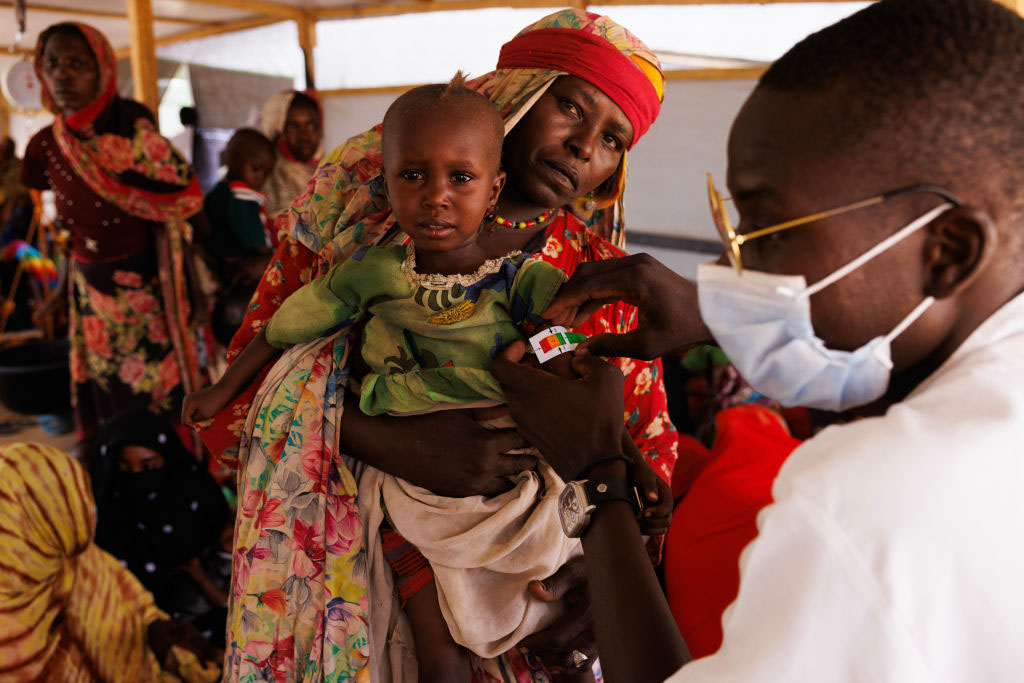


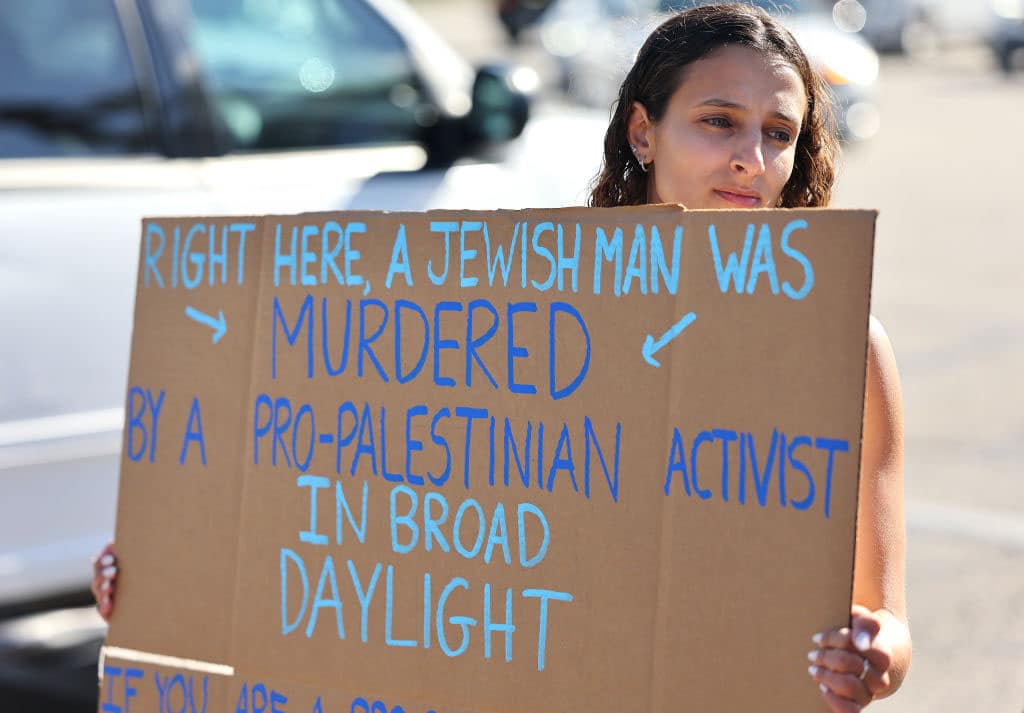



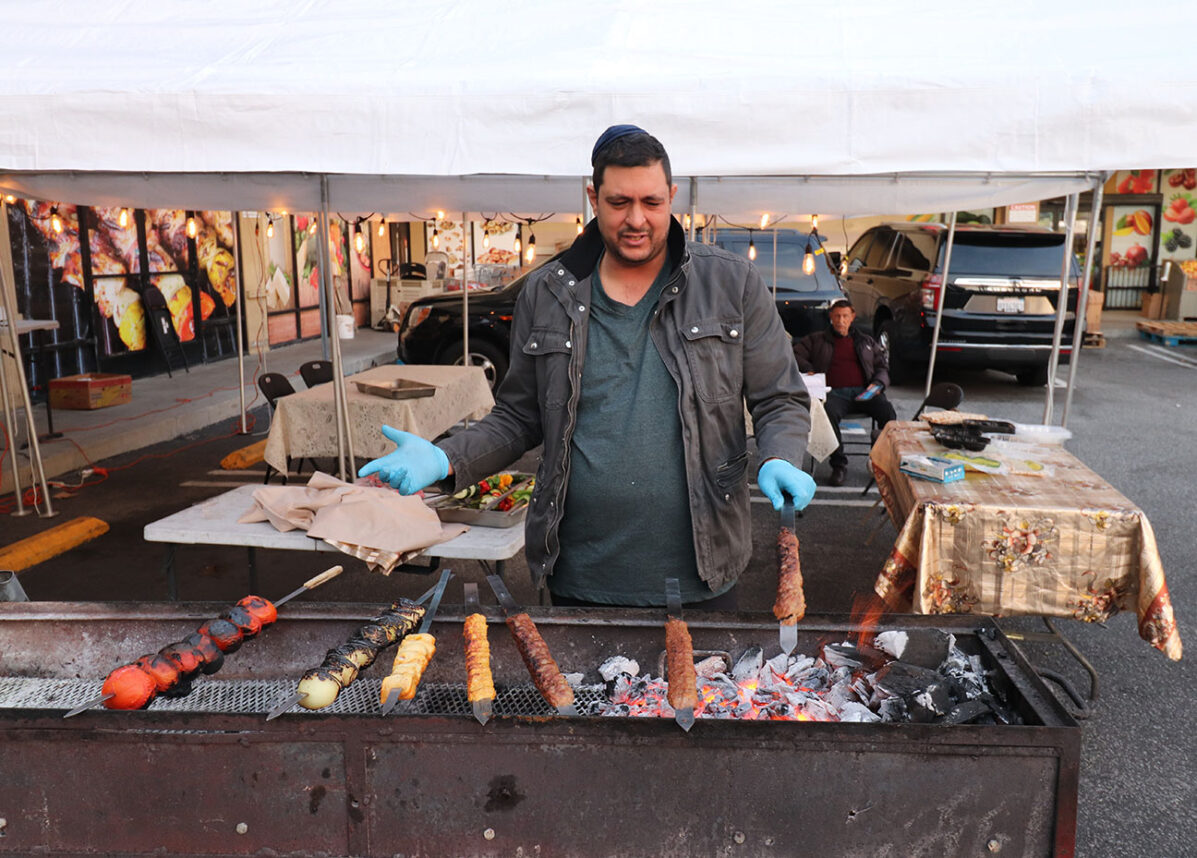
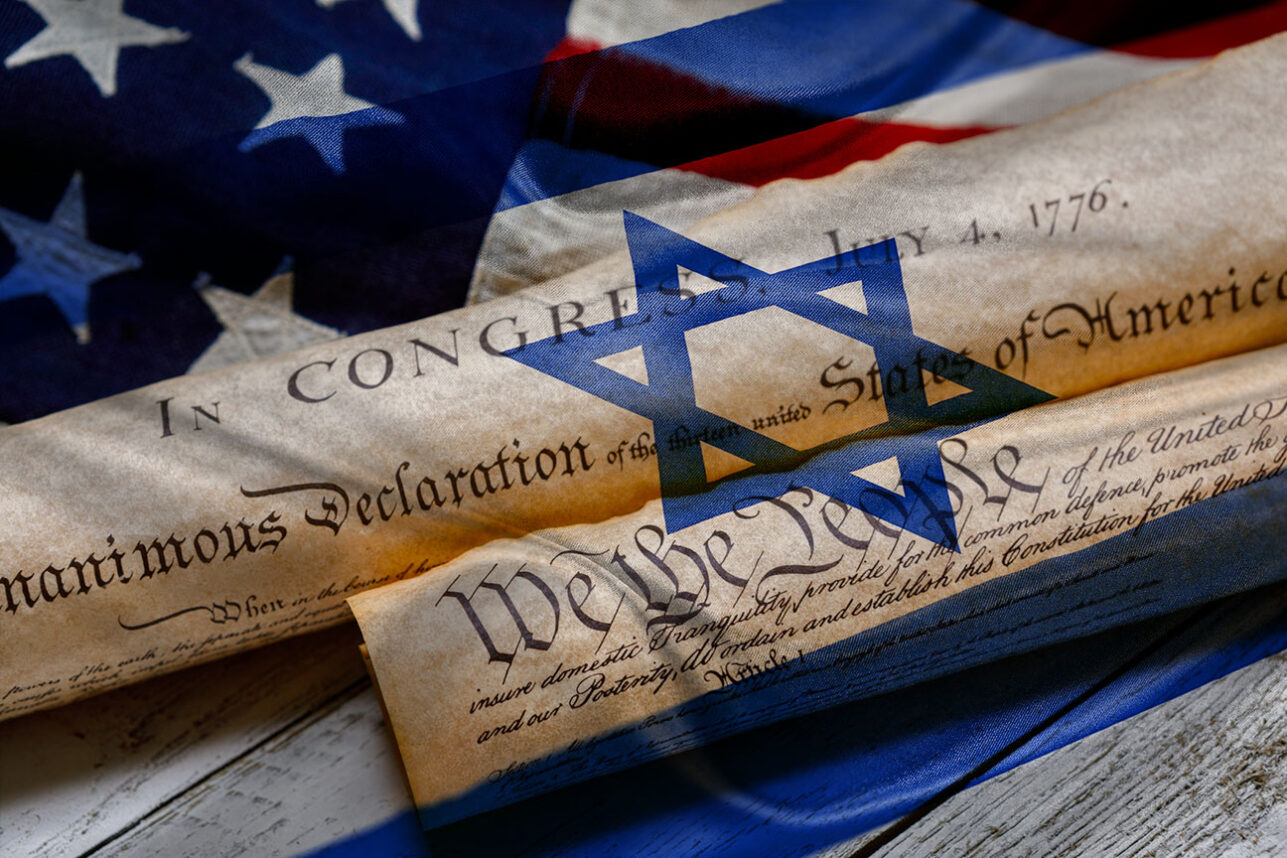





 More news and opinions than at a Shabbat dinner, right in your inbox.
More news and opinions than at a Shabbat dinner, right in your inbox.